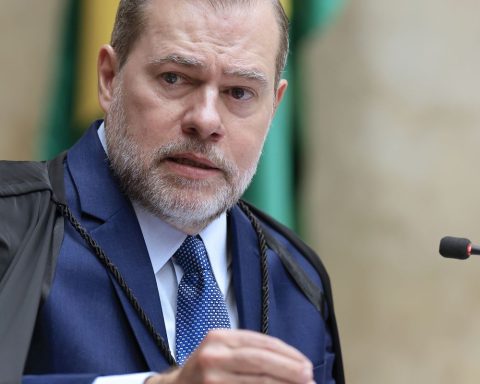MIAMI, United States. — On May 20, 1902, one of the most significant events in the history of Cuba took place: that day, the Island achieved its independencely became a sovereign republic.
It is a date that generates philias and phobias: it is celebrated by the Cuban exiles and by those who aspire to a Cuba free of dictatorship, and in turn rejected by Castroism, which has denied for decades the legitimacy of that first government headed by Don Tomas Estrada Palma.
What happened on May 20, 1902, the date on which the Cuban flag waved for the first time at the Castillo del Morro, was reviewed by the journalist Enrique H. Moreno, from the newspaper The New Countrywho witnessed in the Palace of the General Captains the change of powers between the North American general Leonard Wood and the president Tomás Estrada Palma.
“Soon you hear a rumor and the sound of footsteps. Through the patio that borders the great patio of the Palace, a group advances, not very numerous. The stocky figure of General Wood stands out, dressed as a gala, and next to him Mr. Estrada Palma, slight, seems nervous. They are going to strike twelve noon on the most beautiful day that Cuba had had until then…”.
Although the US presence and influence in the country continued to be significant for much of the first half of the 20th century, from 1902 Cuba began its path as an independent republic. This, despite the disputed Platt Amendment, an appendix voted in 1901 by the United States Congress and added to the Cuban Constitution of that same year.
It should be noted that most historical records recognize May 20, 1902 as Cuban Independence Day, something that Castroism has tried to modify, imposing its cult dates within the historical and popular imagination.














